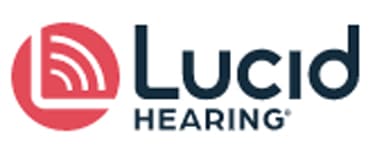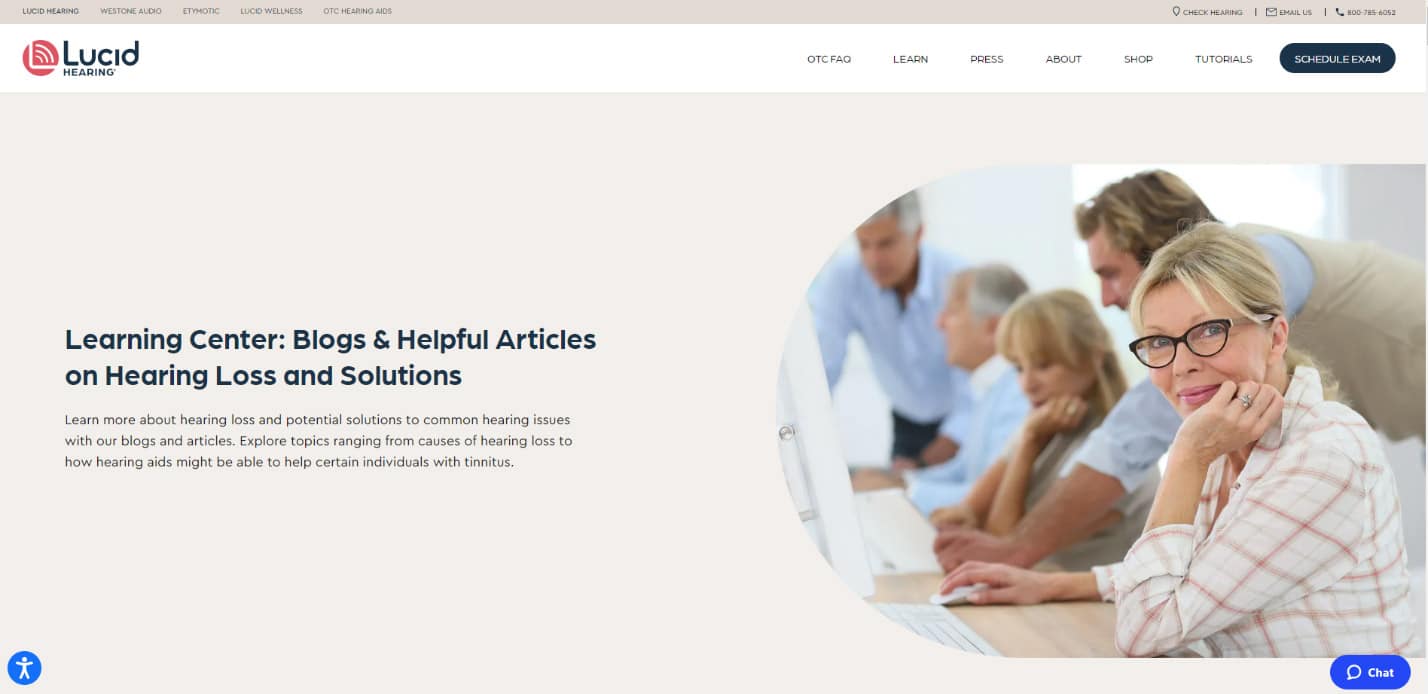According to an article, Next in Healthcare Services 2023, published through PwC, healthcare is once again being disrupted.
Some highlights of note:
- Medical and tech innovators, along with startups, offer more intelligent software choices, more efficient business models and more solid infrastructures to healthcare providers.
- Care models themselves are being reimagined through remote access and retail care locations.
- The entire healthcare system is moving toward a new health ecosystem where roles will be defined as orchestrators, integrators, and platform and solution players.
- Baby boomers, who have the greatest need for healthcare, are joining Medicare at a rate of 10,000 per day.
- The end goal of this healthier ecosystem is to improve care and lower costs.
What are consumers looking for in healthcare relationships?
- Trust
- Choice, transparency, and control
- Convenience
- Exceptional customer service
With the above in mind, how does marketing need to adapt to improve patient acquisition, retention, and referral in a changing marketplace with new players and roles?
Trust
Now is the perfect time to look at your current brand positioning and messaging to be sure that it resonates with current and future patients and instills trust in your company.
Key elements to keep in mind:
- Knowing that delivering an exceptional customer experience has never been more important, your messages should address some of the key patient concerns, not just list services and treatments.
- Who delivers the message is also important. Hearing directly from the CEO or caregivers helps eliminate fear and breeds familiarity with your brand.
- Video testimonials (from patients and/or families) lend authenticity to your brand in the eyes of prospective patients and reinforce why current patients should recommend you as a provider.
- Online reviews are critical for building brand trust, so make sure that you ask all patients to provide online feedback for all to see.
- Consider publishing/sharing patient satisfaction ratings to back up online reviews and solidify the trustworthiness of your brand.
- The use of social media influencers is another avenue to make your brand stand out to prospective patients.
TPG client example of building TRUST:
With Enterhealth Addiction and Mental Health Treatment, one of the ways we build our trust network with potential patients is through authenticity. During the pandemic, we were unable to film TV Spots on premises at the treatment center, Enterhealth Ranch, so we filmed outside of the center with President and CEO David Kniffen, Jr. His genuine, transparent delivery connected with viewers in a way that our location-centered TV Spots had not. Phone calls increased with this approach, and we still use it effectively today.
Enterhealth also builds trust by asking patients, families, and employees to put reviews on Google so others can see the difference Enterhealth makes in their lives and the benefits of their treatment methods.

Patient and employee testimonials speaking to the difference Enterhealth makes in attaining sobriety demonstrate trust, and we use them on a regular basis. Even during the pandemic, we recorded families and patients who provided insights into how other treatment facilities failed but Enterhealth was able to break through. And today, these patients are thriving thanks to the help of Enterhealth.
Recruiting continues to be a challenge, so potential healthcare workers who see how rewarding working at Enterhealth is through testimonials could be more likely to apply for positions at Enterhealth.
Control, Choice and Transparency Control
Patients want more control over their healthcare decisions without interference from providers. Once diagnosed, today’s consumer feels more comfortable as the navigator – as long as they feel they have the right tools at hand. So, it’s imperative for healthcare brands to make patients feel like they can make good decisions by offering meaningful content that speaks to their real needs.
Healthcare brands can deliver meaningful information in several ways. First, before a consumer gets to a website, they typically start with a search engine. This is where Search Engine Optimization (SEO) and Search Engine Marketing (SEM) come in to help escort seekers to the virtual front door of your website. There are almost certainly ways to give your brand better exposure through stellar optimization of your site and pay-per-click (PPC) campaigns that communicate the value of your brand to prospective patients looking for relevant information before they even land on a site.
Top-of-the-funnel searches can be valuable for establishing a continuous following on your website. Starting with symptoms that lead to your site before searching for the disease itself may be a good entry point to begin the relationship.
Choices
Patients look for choices among healthcare providers. When it comes to search campaigns, brands need to be specific and communicate the choices offered. Let prospective patients know that you agree they should have choices and communicate that one size does not fit all for treatment.
Video campaigns can be a good complement to educate people about disease treatment and/or management. YouTube content can contribute to learning through sight, sound, and motion and help patients feel engaged as an active participant and healthcare decision maker.
Transparency
Your website should position you as a trusted partner, helping patients easily find what they need and want. It should reveal the services and the brand personality to healthcare seekers. Remember that choosing healthcare is a practical AND emotional decision.
Some ways healthcare brands can accomplish this include:
- Compare what you offer to other providers. Be transparent about how your offerings have been designed to care for patients and how your brand touches on some of the emotional reasons why people are drawn to the offering.
- Infographics can be a quick read for users who don’t want to pour through content. We live in a “sound bite” world. Showing how you consider the ways people look for information rather than always providing long paragraphs of copy can help endear them to your brand.
- Consider posting ranges for out-of-pocket expenses or communicating the process for payment so there are no surprises and patients feel more in control. Patients could penalize your brand if they receive something unexpected or unexplained. Keep it real!

The integrated marketing support we provide our client, Lucid Hearing, offers substantive examples in the areas of consumer choices and transparency. In October 2022, with the market opening and introduction of over the counter (OTC) hearing aids to consumers, Lucid Hearing launched its OTC product lineup. This new market segment gave Lucid Hearing a prime opportunity to not only offer OTC hearing solutions, but also help educate approximately 30 million Americans with mild to moderate hearing loss about the fact that they now have incredible choices available for accessible, affordable hearing aids.
With Lucid Hearing’s impressive OTC lineup – offering multiple devices across various price points and through a much broader distribution network – marketing initiatives and key messaging thus far has focused on the critical points of “product choices, affordable pricing, and easy access” delivered across multiple channels in integrated fashion to ensure extensive reach, including contextual digital and paid media, public relations, and social media.

Additionally, with its entry into the B2C market, Lucid Hearing can now more broadly relay its mission of “whole hearing health” by offering consumers education about the importance of hearing protection and preservation, as well as the value of seeking solutions for hearing loss early on to mitigate the risk of speech problems and cognitive decline. The company’s website plays a valuable role in fulfilling the hearing health education component, and TPG offers support through educational blogs posted monthly in the new “Learn” section of the website. The blogs are marketed through ongoing social media campaigns.

Convenience
In all facets of modern life, consumers have more choices designed around simpler, more convenient solutions. So, it is reasonable that they expect the same with their healthcare choices.
More and more people are using Google Maps, iFinder, and Waze to find treatment. It is a very convenient way to find the closest provider. Especially for emergencies, this is a key place for your brand to be. Make sure you are listed with all relevant apps and listed correctly.
Deciding on a healthcare provider can be laborious. Consumers want to compare the pros and cons of each provider and easily find things like their location and reviews – all of which contribute to their final decision. Putting reviews of the brand front and center, as well as maps and a comparison chart of providers can all make the decision easier and more convenient.
And, again, remember to communicate in a way that makes choosing your brand a “no brainer.”
Exceptional Customer Experience
A website is often the first touchpoint a brand has with the customer. User experience (UX) evaluation explores the way people use your website and is a valuable tool for enhancing the overall customer experience. Designing a website that offers a seamless, easy-to-use interface is much preferred to a website that frustrates users. If a person can’t easily find what they are looking for, they may abandon the brand after as little as 10 seconds. (According to the Nielsen Norman Group, viewers typically leave a website within 10 to 20 seconds.)
Knowing that most people search on their mobile device, taking a mobile-first approach is a good way to ensure that the smaller screen experience is a good one.
Consider your messaging and the fact that you have multiple target audiences searching for the same thing. Speaking to a senior is much different than a Gen Xer, so finding multiple ways to communicate the same or similar information is paramount.
Finally, as a result of technology leading the charge, margins within care models are slimmer than ever, which means healthcare brands need to prioritize cost-effective marketing campaigns. And providing results and ROI for campaigns on a regular basis assures everyone that marketing is a good investment, not a necessary expense.
• • •
View PWC’s Next In Healthcare 2023 report, cited in this post, here.





